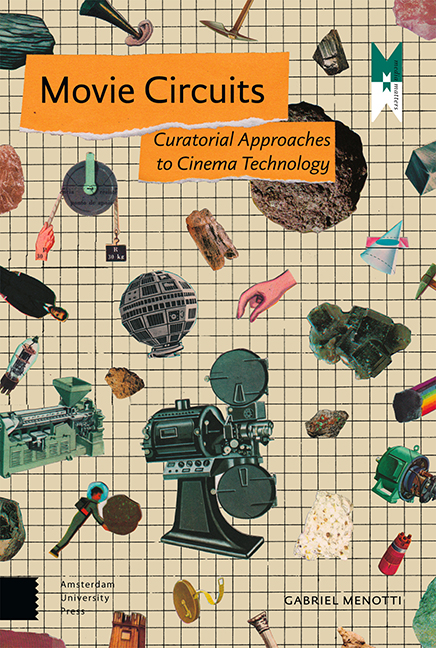1 - What Is a Movie?
Published online by Cambridge University Press: 21 November 2020
Summary
Abstract
This chapter examines the conditions of circulation of cinematographic works across different technological regimes. From film to video to digital computers, it follows a concise history of systems of moving-image storage and transmission. By evoking movies that openly engage the material negativities of cinema, the chapter means to underscore the performative character of these systems. Movies are shown to be not forms that circulate, but rather forms resulting from circulation. At the same time, the chapter explores how the threshold of presence of cinematographic works changes according to the multimodal developments of the movie circuit. As the technical means of circulation change, new categories emerge to restate the movie's objective coherence in relation to its constitutive traces.
Keywords: Media circulation, technologies of storage and transmission, cinematographic works, management of presence, media materiality
In order to submit her work to a festival or exhibition, a filmmaker has to fill an entry form with a number of items about the piece. The task, often assigned to a production assistant, has become much more convenient thanks to computer networks. Websites such as Shortfilmdepot, which act as submission platforms for different events simultaneously, cause the process to be much less repetitive. Word processing allows text snippets to be copied from a master document and pasted to the corresponding places in the form. The fields range from simple content descriptions (title, genre, synopsis) to technical specifications (format, running time, aspect ratio), and information about the production process (country of origin, year of release, cast and crew credits). Overall, the form seems to compile every relevant characteristic of the work, providing a concise way to describe it. This is what the movie is.
The resulting identification clearly plays a role in what Jonathan Gray has termed entryway paratexts – those that ‘control and determine our entrance to the text’ (2010: 35). Some of the data collected in entry forms will make its way into programme brochures and catalogues, thus assisting the audience to navigate screening sessions. This printed material literalizes the conceptual outline proposed for the event. Its function is not purely discursive, though. The brochures also serve to spark the spectators’ interest and direct them to places and times of the screenings. Catalogues remain in circulation after the event is over, as physical tokens that inscribe it in wider historical accounts.
- Type
- Chapter
- Information
- Movie CircuitsCuratorial Approaches to Cinema Technology, pp. 31 - 64Publisher: Amsterdam University PressPrint publication year: 2019



